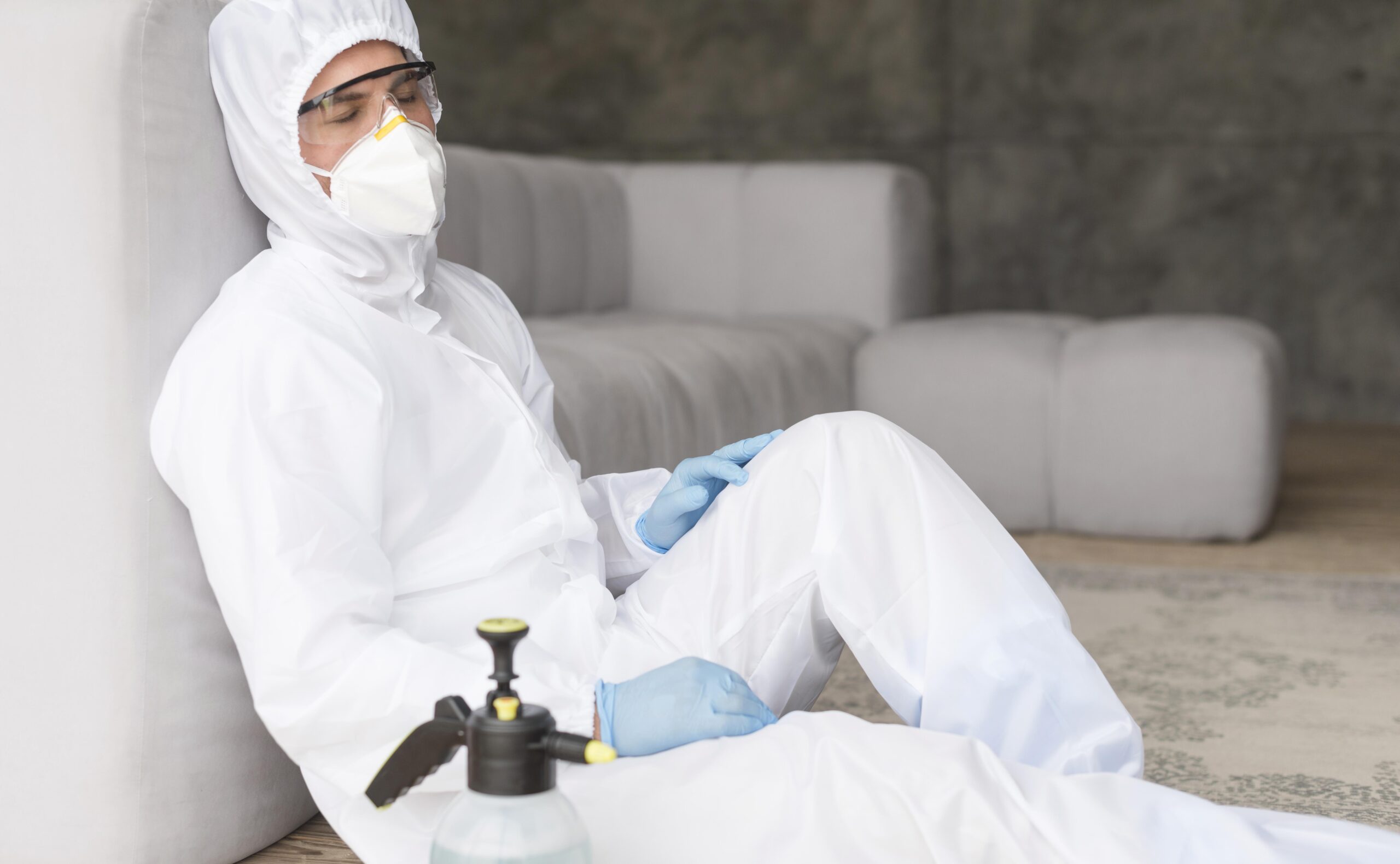Home Improvement
Detecting Danger: Radon Testing for Colorado Residences

Howdy, folks! Today, we’re going to dive into a topic that’s as essential as it is often overlooked – Radon Testing Colorado. Now, I know what you might be thinking, “Radon? Isn’t that just some fancy scientific term?” Well, yes and no. Radon is a silent, odorless, and invisible gas that can pose a serious threat to your health if left unchecked. But fear not, my friends, because we’re here to arm you with the knowledge you need to keep your Colorado home safe and sound.
What is Radon, and Why Should You Care?
Before we get into the nitty-gritty of radon testing, let’s first understand what radon is and why it’s a big deal. Radon is a naturally occurring radioactive gas that comes from the breakdown of uranium in soil, rock, and water. It’s present all around us, but when it finds its way into our homes, it can become concentrated and potentially hazardous.
So, why should you care about radon? Well, exposure to high levels of radon is the leading cause of lung cancer among non-smokers in the United States. It’s that serious, folks. When you inhale radon, those radioactive particles can damage the cells lining your lungs, potentially leading to cancer.
The Importance of Radon Testing Colorado Residences
Now, you might be thinking, “But I live in Colorado, the great outdoors! Surely, radon isn’t an issue here, right?” Well, my friends, you couldn’t be more wrong. Colorado is actually considered a high-risk state for radon exposure due to its geology and soil composition.
In fact, according to the Colorado Department of Public Health and Environment, nearly half of the homes tested in the state have radon levels above the recommended action level set by the Environmental Protection Agency (EPA). That’s a staggering statistic, and it’s why radon testing is so crucial for Colorado residents.
Understanding Radon Levels and Mitigation
When it comes to radon testing, there are a few key terms and concepts you’ll need to wrap your head around. First up, the EPA has set an action level of 4 picocuries per liter (pCi/L) for radon in indoor air. Anything above this level is considered unsafe and requires mitigation.
Mitigation, you ask? That’s the fancy term for the process of reducing radon levels in your home. This can involve various techniques, such as installing a ventilation system or sealing cracks and openings in your foundation.
Now, let’s break down what those pesky radon levels actually mean:
- 0 to 2 pCi/L: This is considered a safe level, but it’s still a good idea to retest every few years, just to be safe.
- 2 to 4 pCi/L: This is the gray area. While it’s not an immediate health risk, the EPA recommends considering mitigation to reduce radon levels.
- 4 pCi/L or higher: Houston, we have a problem! At this level, mitigation is strongly recommended to protect your health and the health of your loved ones.
The Testing Process: What to Expect
Now that you understand the importance of radon testing and what those radon levels mean, let’s talk about the testing process itself. There are a few different methods for testing your home, but the most common (and recommended) method is using a long-term radon test kit.
These kits are designed to be left in your home for an extended period, typically between three months and a year. This allows for a more accurate representation of your home’s average radon levels, as radon levels can fluctuate based on factors like weather and ventilation.
When you’re ready to test, you’ll need to place the kit in the lowest livable area of your home, such as a basement or ground-floor room. This is because radon tends to accumulate in lower levels due to its heavy nature.
After the testing period is over, you’ll need to send the kit back to the lab for analysis. The lab will then provide you with a detailed report of your home’s radon levels, along with recommendations for next steps if mitigation is necessary.
Choosing the Right Radon Testing Colorado Provider
With the importance of radon testing in Colorado established, you might be wondering, “Where do I even begin?” Well, fear not, my friends, because there are plenty of reputable radon testing providers in the Centennial State.
When choosing a provider, it’s essential to look for one that is certified and follows proper testing protocols. The Colorado Department of Public Health and Environment maintains a list of certified radon measurement professionals and laboratories, which is a great place to start.
Additionally, you’ll want to consider factors like cost, turnaround time, and customer service. After all, you’ll be entrusting this provider with the safety of your home and family, so you want to ensure you’re working with a reputable and reliable company.
Radon Testing and Real Estate Transactions
If you’re buying or selling a home in Colorado, radon testing takes on even greater significance. Many real estate transactions now require radon testing as part of the home inspection process, and for good reason.
Failing to disclose known radon issues or neglecting to test for radon can lead to legal complications and potential liability down the road. As a buyer, you’ll want to ensure the home you’re purchasing is safe and free from radon hazards. As a seller, you’ll want to be upfront about any radon issues and take steps to mitigate them before listing your home.
By addressing radon concerns proactively, you can avoid costly delays or complications during the real estate transaction process.
Conclusion
Well, folks, we’ve covered a lot of ground today when it comes to radon testing in Colorado. From understanding what radon is and why it’s a concern, to navigating the testing process and choosing the right provider, we’ve armed you with the knowledge you need to keep your home safe.
Remember, radon testing is an essential step in protecting your family’s health and well-being. Don’t let this silent threat go unchecked – take action today and schedule your radon testing. After all, knowledge is power, and in this case, it could be lifesaving.
Stay safe, my friends, and happy radon testing!
-
Blog1 year ago
MyCSULB: Login to CSULB Student and Employee Portal – MyCSULB 2023
-
Android App3 years ago
Cqatest App What is It
-
Android1 year ago
What Is content://com.android.browser.home/ All About in 2023? Set Up content com android browser home
-
Software2 years ago
A Guide For Better Cybersecurity & Data Protection For Your Devices
-
Latest News2 years ago
Soap2day Similar Sites And Alternatives To Watch Free Movies
-
Android2 years ago
What is OMACP And How To Remove It? Easy Guide OMACP 2022
-
Android3 years ago
What is org.codeaurora.snapcam?
-
Business2 years ago
Know Your Business (KYB) Process – Critical Component For Partnerships





















